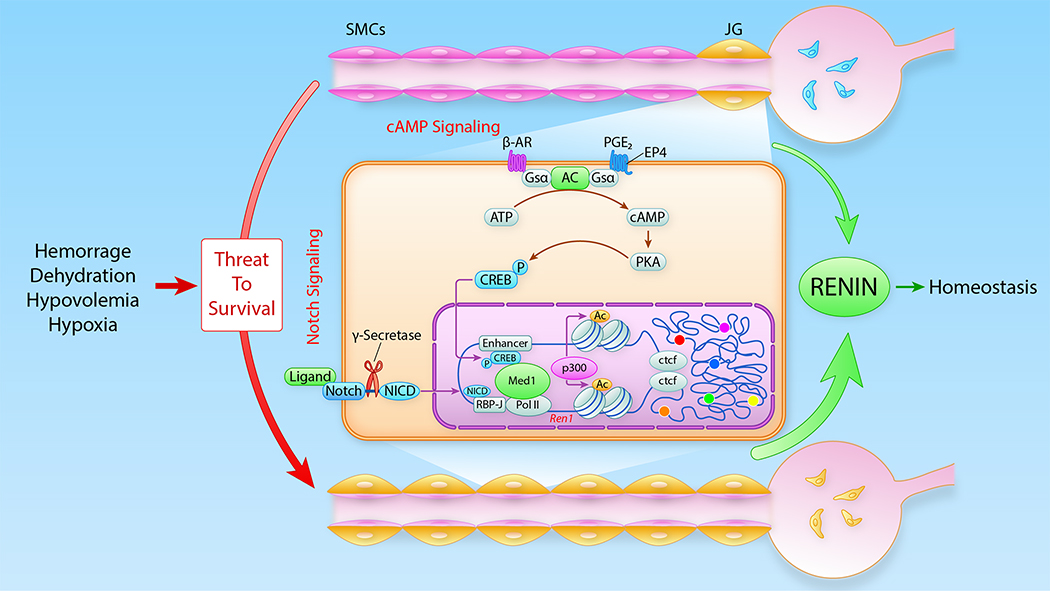Figure 6: Super-enhancers act as chromatin sensors that control the identity and memory of renin cells to maintain homeostasis.
Schematic summarizing the main signaling pathways and chromatin changes involved in the maintenance of JG cell identity and reacquisition of the renin phenotype by SMCs in response to physiological demands. Activation of the cAMP and/or the Notch pathways leads to profound epigenetic changes at the renin locus regulatory region characterized by deposition of H3K27ac by p300, sliding of nucleosomes and opening of chromatin which facilitate the access of numerous transcription factors including but not limited to Med1, Creb1, and RBP-J. Loop formation is maintained by Ctcf (CCCTC-binding factor). The colored dots indicate the presence of additional SEs throughout the genome that also regulate renin cell identity. β-AR, beta adrenergic receptor; PGE2, prostaglandin E2; AC, adenylate cyclase; Gsα, activating G protein–coupled subunit; PKA, protein kinase A; CREBP, phosphorylated cAMP responsive element binding protein. Modified from99. (Illustration credit: Ben Smith)

